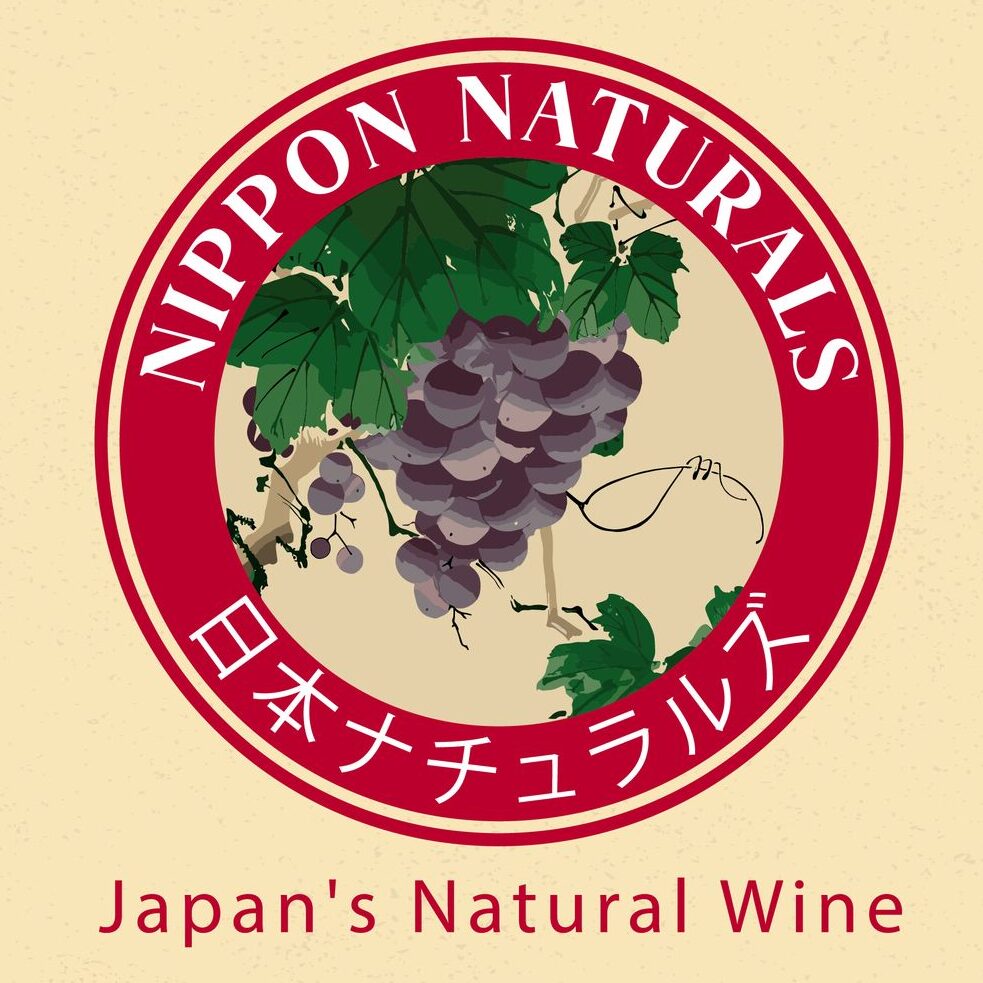NIPPON NATURALS
日本ナチュラルズ


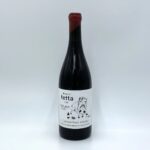

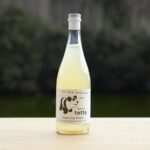
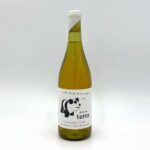

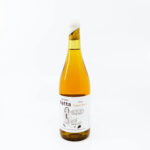
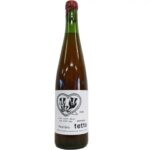
Domaine Tetta Winery, located in Niimi, Okayama, is named after the town of Tetta, expressing Mr. Ryuta Takahashi’s desire to rejuvenate local land. Starting in 2009 with a 2-hectare plot, Mr. Takahashi transitioned from construction to agriculture, eventually expanding to 8 hectares of grape cultivation by 2019. Mr. Yoshiya Kanno, the current head of viticulture and winemaking, joined in 2018, bringing his passion for winemaking from Burgundy, France.
The vineyards benefit from Niimi’s natural resources, situated on limestone soil with well-drained slopes and cooled by valley winds. They cultivate over 30 grape varieties, focusing on Muscat Bailey A, Cabernet Franc, Merlot, Pinot Noir, Chardonnay, Sauvignon Blanc, and others for experimentation. With a commitment to sustainable practices, they use rain-shelter cultivation and minimal pesticides.
Winemaking emphasizes grape quality, with selective harvesting and fermentation using wild yeasts. The winery employs gravity flow for gentle handling, minimizing oxidation and sulphites. Maturation occurs in limestone mining tunnels, ensuring optimal conditions for long-term storage.
Their symbol, the panda, reflects their commitment to nature and conservation, found originally on the vineyard grounds. With their wines gaining recognition, particularly in North America since 2021, they aspire to share their unique wines globally.
Cultivated in Japan, particularly in Hiroshima Prefecture. It is known for its versatility in winemaking, producing wines ranging from dry whites to sparkling wines, with balanced acidity and fruity characteristics.
A hybrid grape variety developed in Japan, prized for its aromatic qualities. It is commonly used in winemaking to produce fragrant and floral wines, often with sweet or off-dry profiles.
A red grape variety widely planted in wine regions around the world. It is known for its herbaceous aromas, red fruit flavors, and elegant structure, often used as a blending grape in Bordeaux-style blends or crafted into varietal wines.
One of the most popular white grape varieties globally, originating from Burgundy, France. It is prized for its versatility in winemaking, producing a wide range of styles from crisp unoaked wines to rich, buttery oak-aged wines, with flavors of citrus, tropical fruits, and vanilla.
A white grape variety primarily grown in the Loire Valley of France and South Africa. It is known for its high acidity and versatility, producing wines ranging from dry to sweet, with flavors of green apple, honey, and floral notes.
A white grape variety native to Japan, primarily grown in the Yamanashi Prefecture. It is known for its crisp acidity, subtle aromas, and delicate flavors, often used to produce light and refreshing wines with citrus and floral notes.
A white grape variety cultivated in Germany and Austria. It is prized for its high acidity and ability to retain acidity in warmer climates, producing wines with crisp acidity, citrus flavors, and mineral notes.
A red grape variety originating from Burgundy, France, and widely planted in wine regions worldwide. It is known for its thin skins, delicate flavors of red berries, cherries, and earthy undertones, and ability to express terroir, producing elegant and complex wines.
Growing Pinot Noir grapes in Japan
This can be challenging due to several factors. Pinot Noir is a delicate grape variety that is sensitive to climate, soil, and vineyard management practices. Here are some of the challenges associated with growing Pinot Noir grapes in Japan:
Climate: Pinot Noir thrives in cool climate regions with moderate temperatures and a long growing season. While Japan has several cool climate regions suitable for Pinot Noir cultivation, the climate can vary significantly from year to year. Extreme weather events like typhoons and heavy rainfall during the growing season can pose risks to grape quality and yield.
Disease Pressure: Pinot Noir is susceptible to various fungal diseases, such as powdery mildew and botrytis, which thrive in humid conditions. Japan’s high humidity levels, especially during the rainy season, can increase the risk of disease pressure in vineyards. Vineyard management practices, such as canopy management and disease prevention strategies, are essential to mitigate these risks.
Terroir: Pinot Noir is highly influenced by terroir, including soil composition, elevation, and microclimate. Finding suitable terroir that can provide the ideal growing conditions for Pinot Noir in Japan can be challenging. Vineyard sites with well-drained soils, good sun exposure, and protection from extreme weather events are essential for successful Pinot Noir cultivation.
Vineyard Management: Pinot Noir vines require careful vineyard management, including pruning, trellising, and irrigation, to optimize grape quality and yield. Skilled vineyard workers with expertise in Pinot Noir cultivation practices are necessary to ensure proper vineyard management throughout the growing season.
Despite these challenges, some regions in Japan, particularly Hokkaido and Nagano, have seen success in growing Pinot Noir grapes. With careful site selection, vineyard management, and adaptation of winemaking techniques, Japanese winemakers can produce high-quality Pinot Noir wines that showcase the unique terroir of their region.
White wine grape variety that are grown in Japan and around the world. The grapes are usually grayish-blue, but can also be brownish pink, black, or white. The name “pinot” may come from the grape’s small, pine cone-shaped clusters. Pinot gris wine has a range of flavors, including notes of pear, green apple, citrus, tropical fruit, and stone fruit. It can also have floral undertones and mineral hints. Pinot gris wine can be made in a variety of styles, from zesty and dry to richer and more aromatic. Winemaking techniques, such as aging in stainless steel or oak, can influence the flavor profile
A white grape variety grown primarily in Alsace, France, and Italy. It is known for its refreshing acidity, delicate aromas, and flavors of green apple, pear, and citrus, often crafted into dry or off-dry wines.
A grape variety developed in Japan, cultivated primarily in Hiroshima Prefecture. It is valued for its high sugar content and intense flavor profile, used to produce rich and full-bodied white wines with tropical fruit aromas and creamy textures.


Sprays – None
Fertilizer – None
Hand-picked – Yes
Natural yeast – Yes
Fining / Filtering – None
Added sulfites – Maximum 30 ppm
